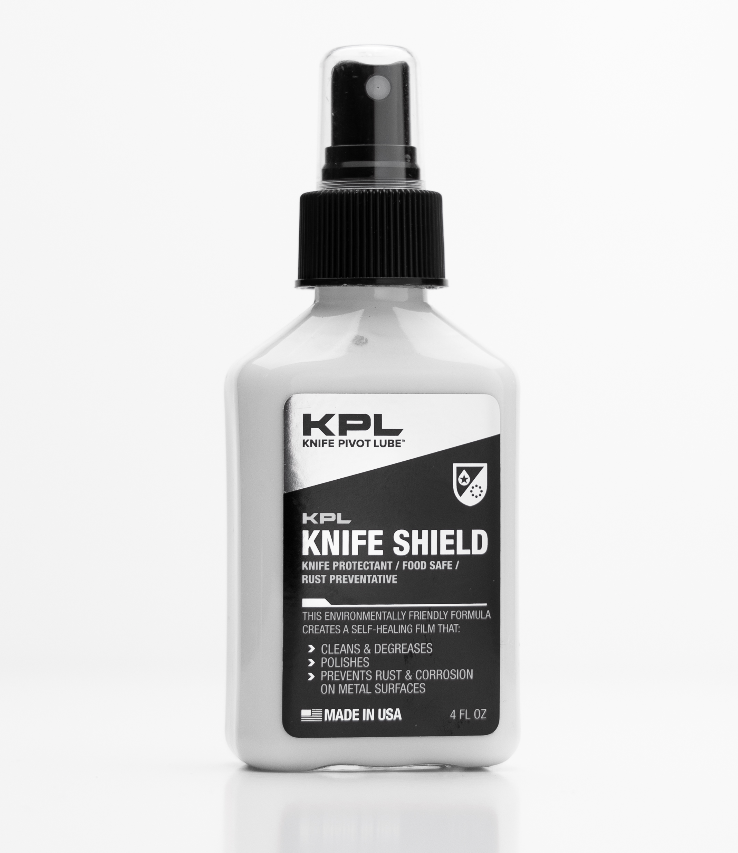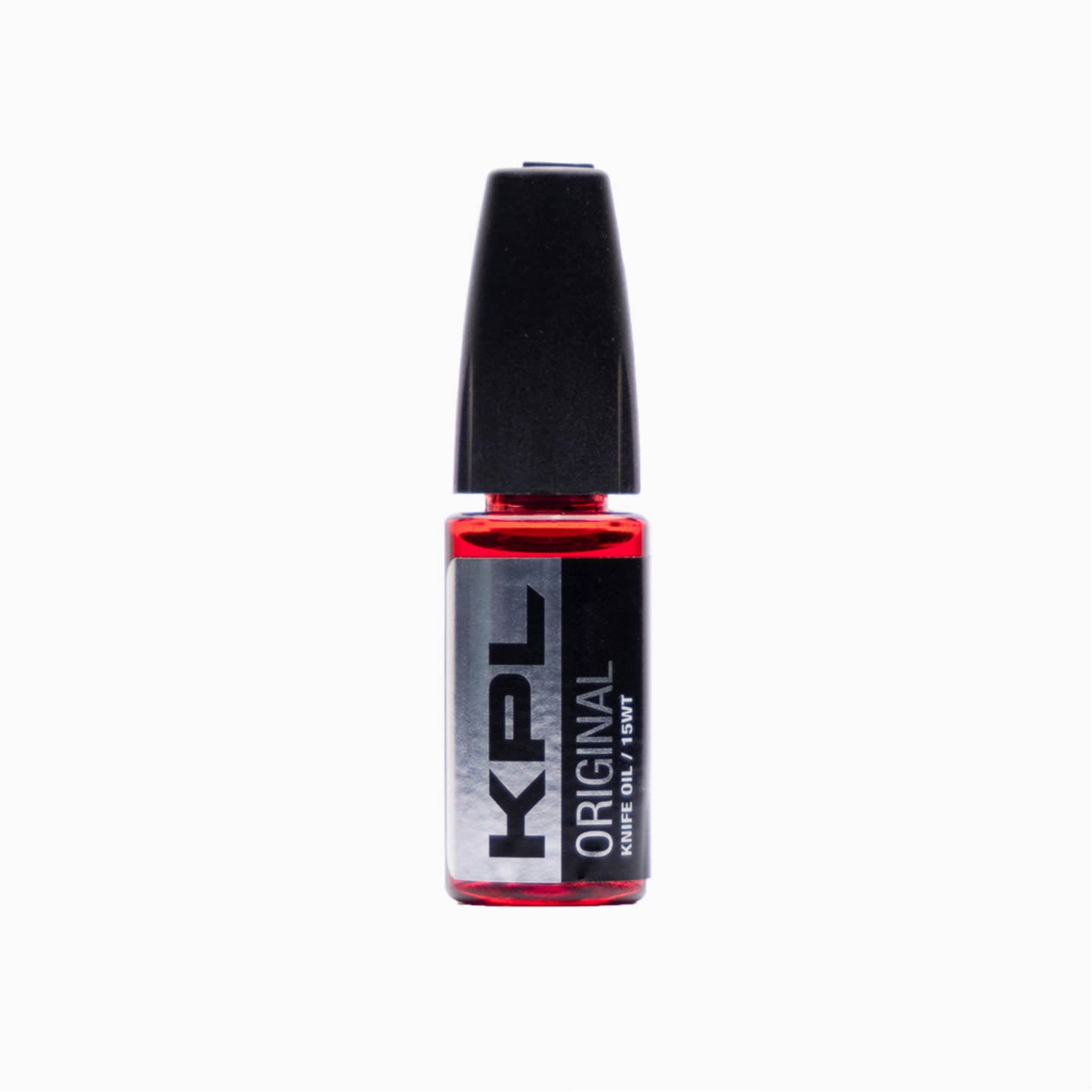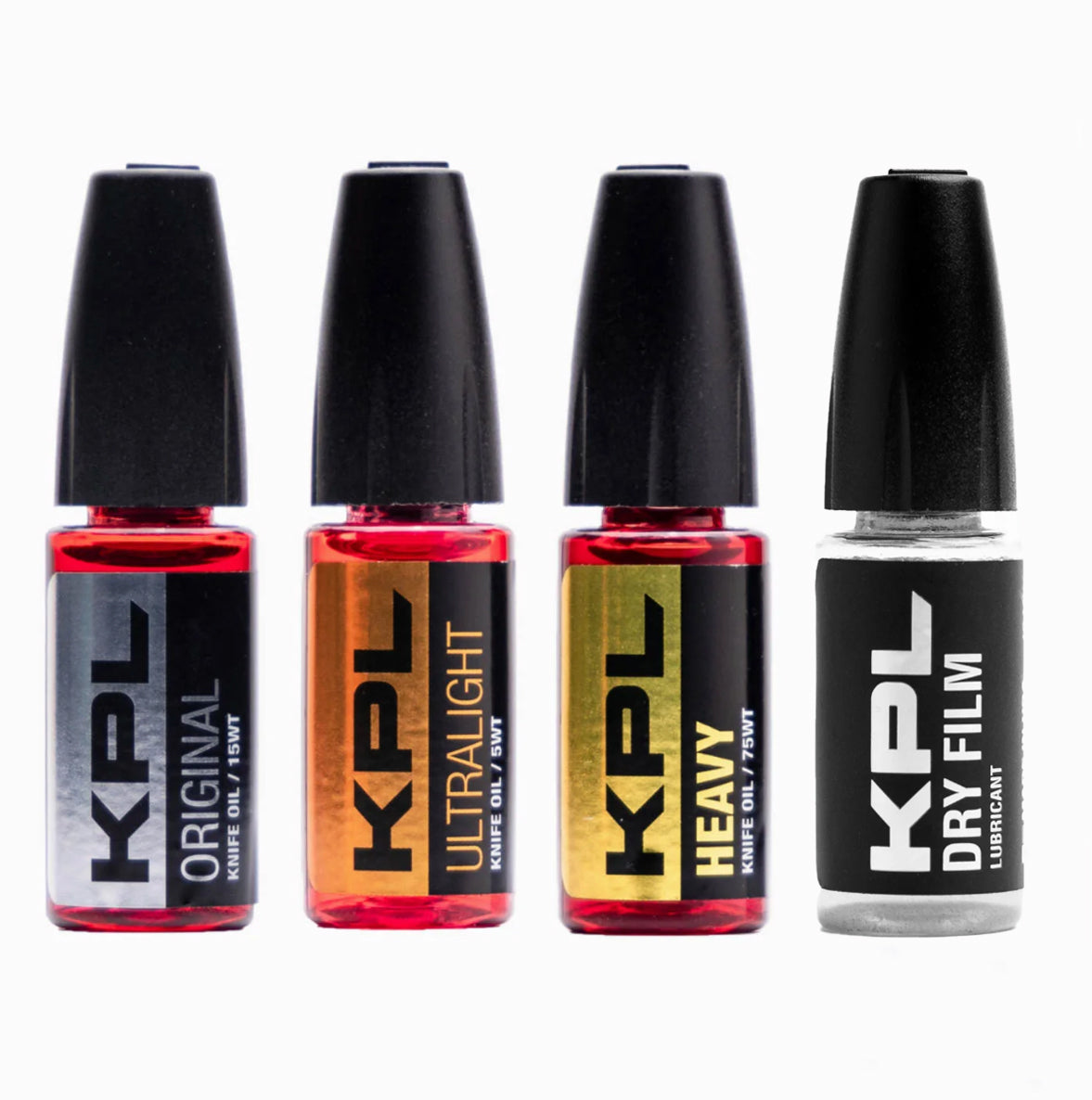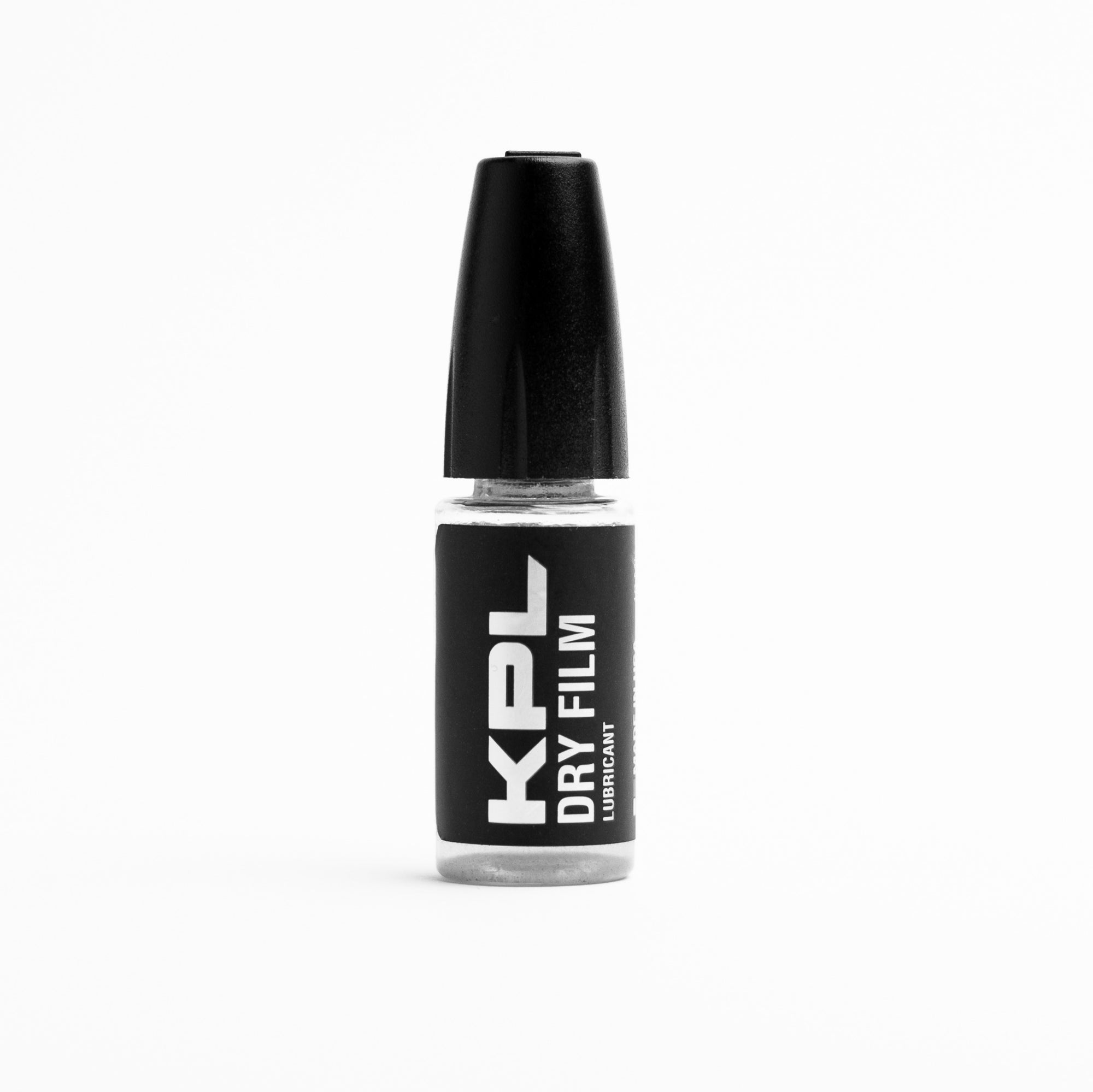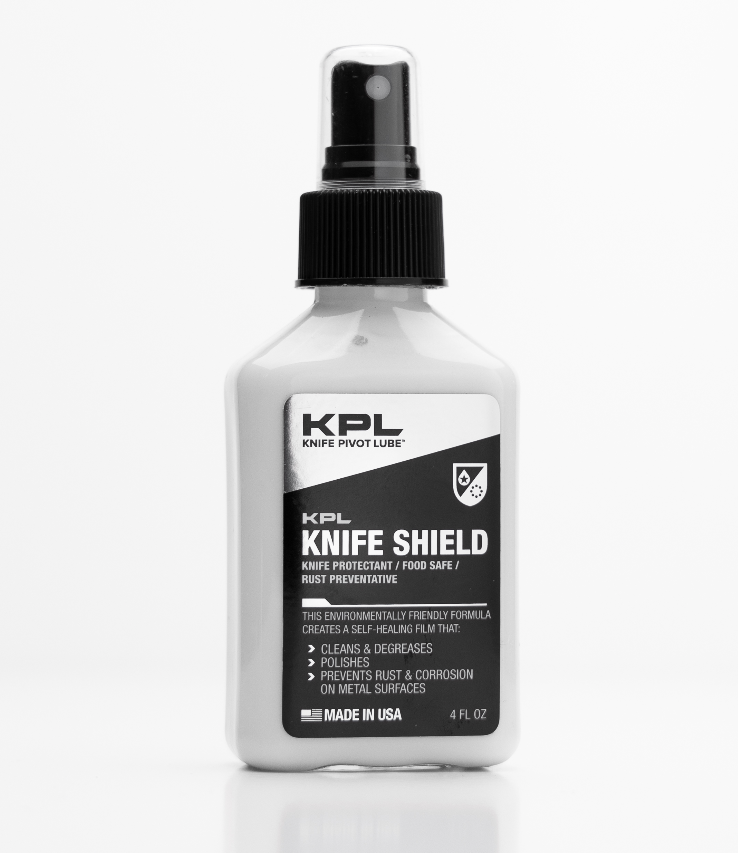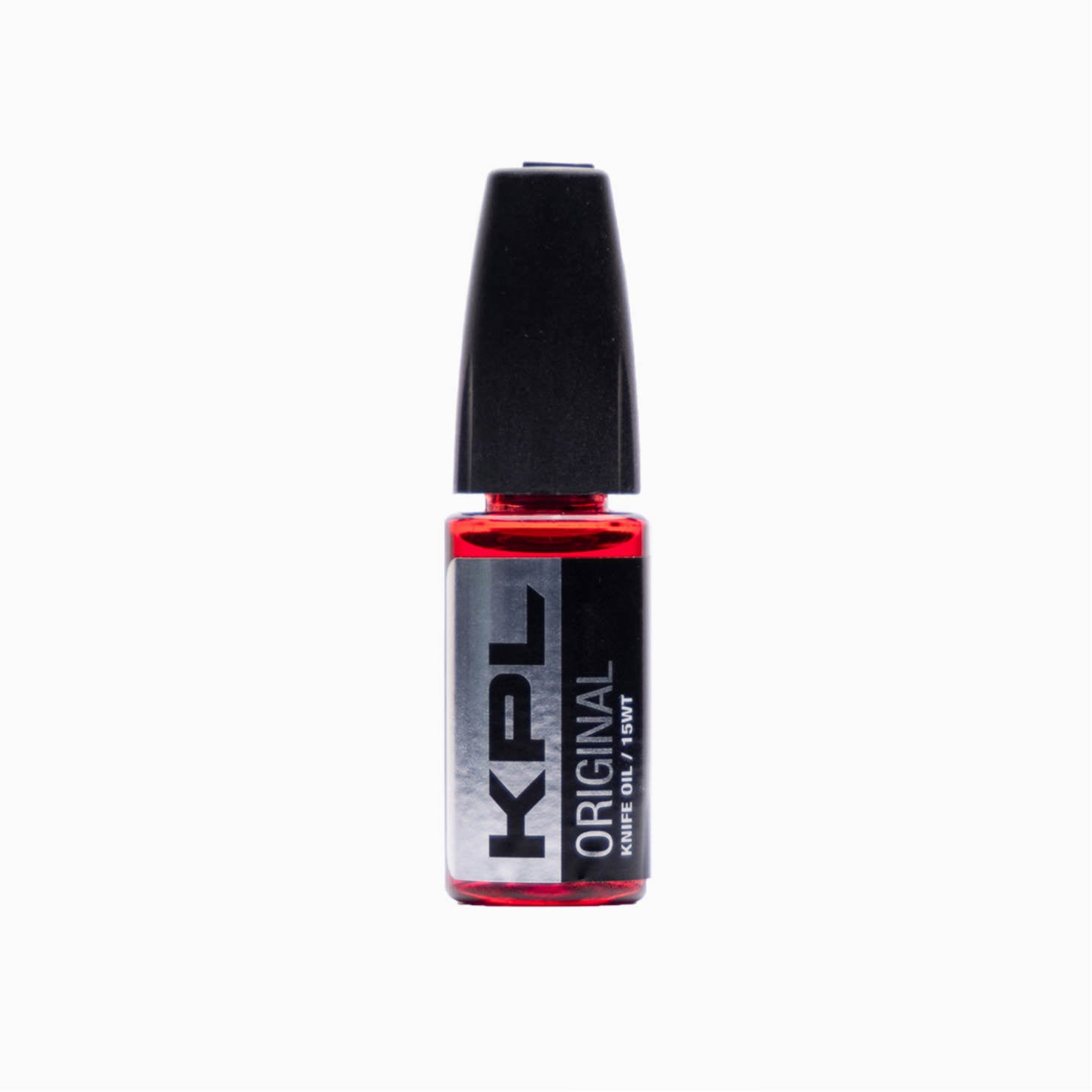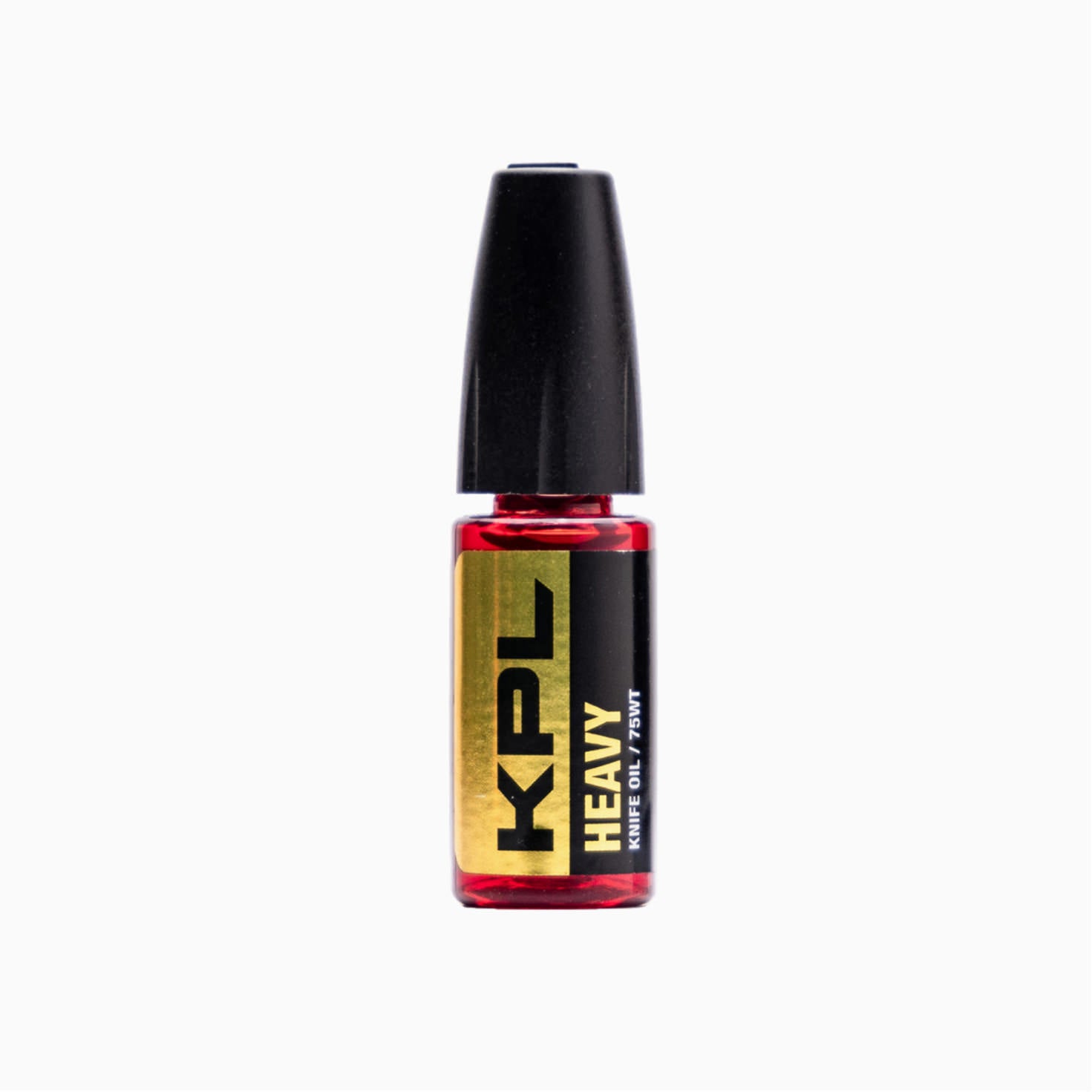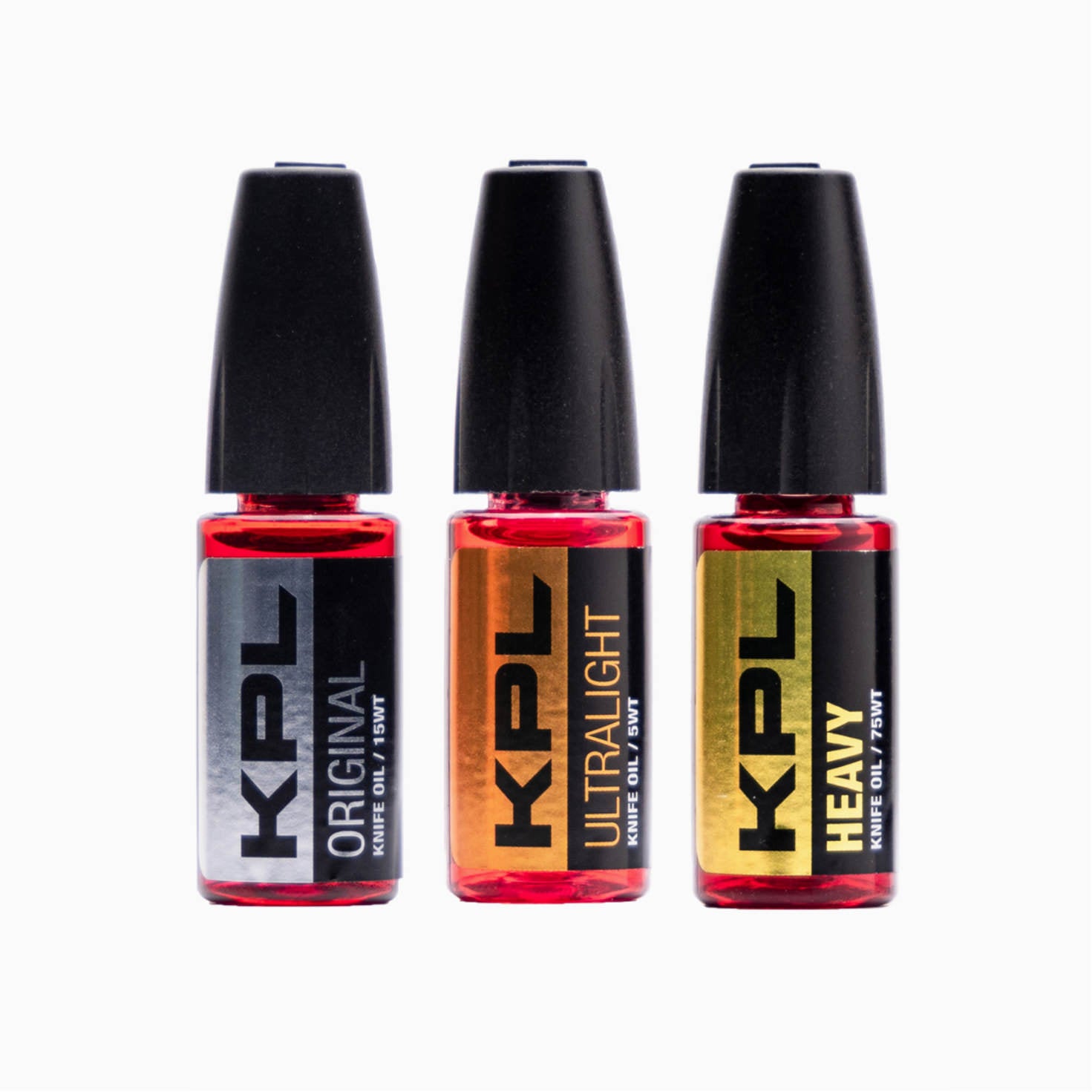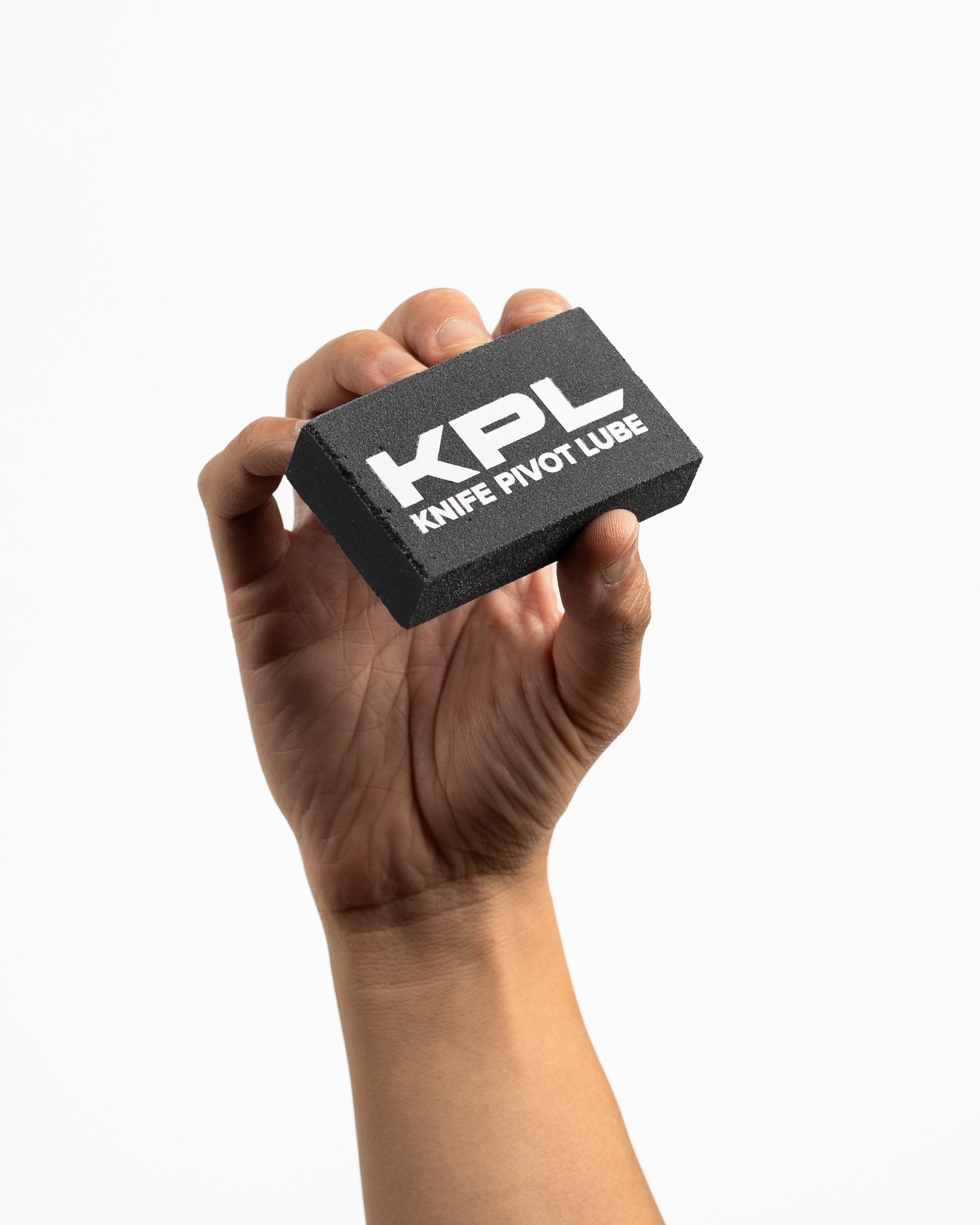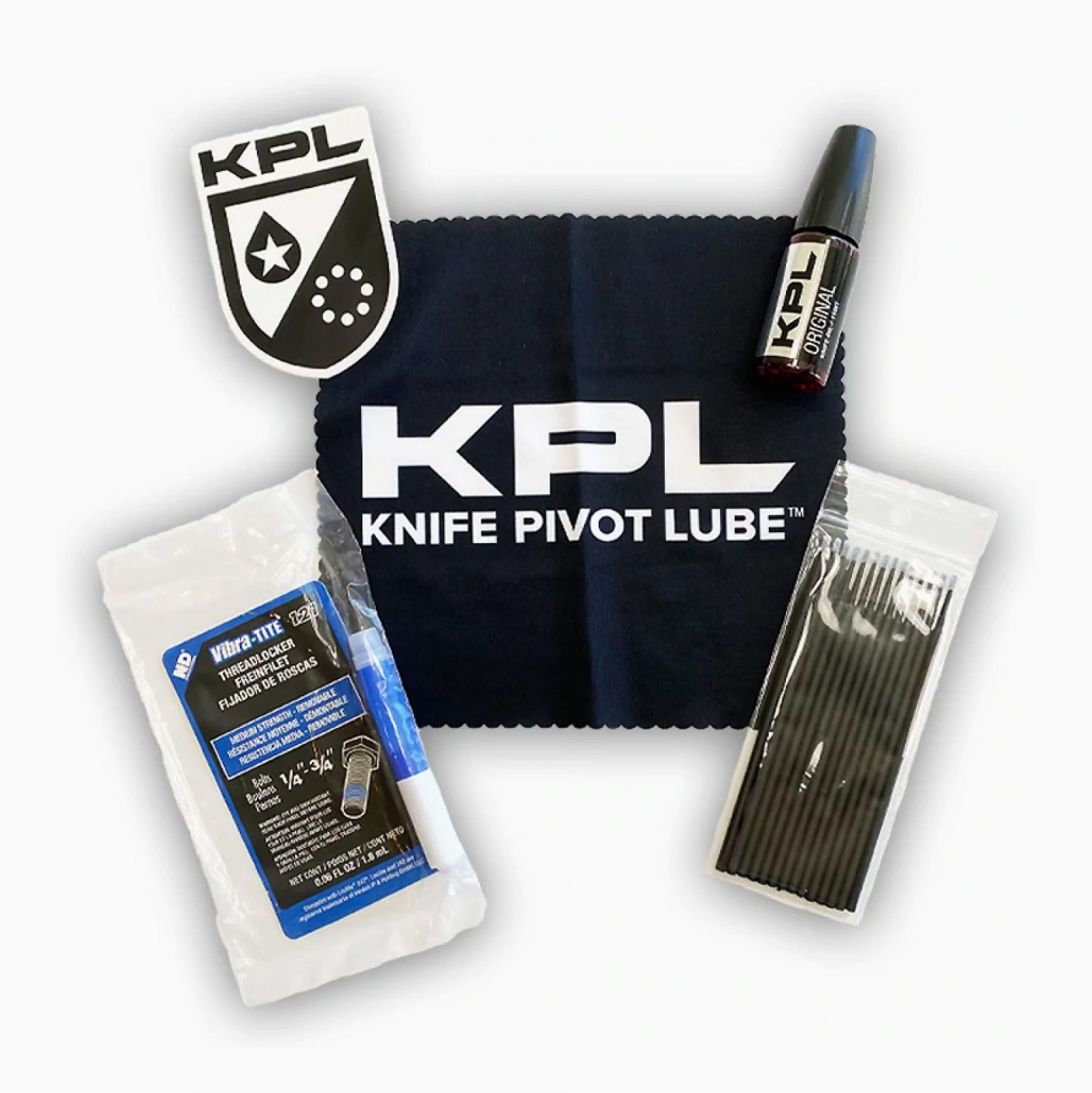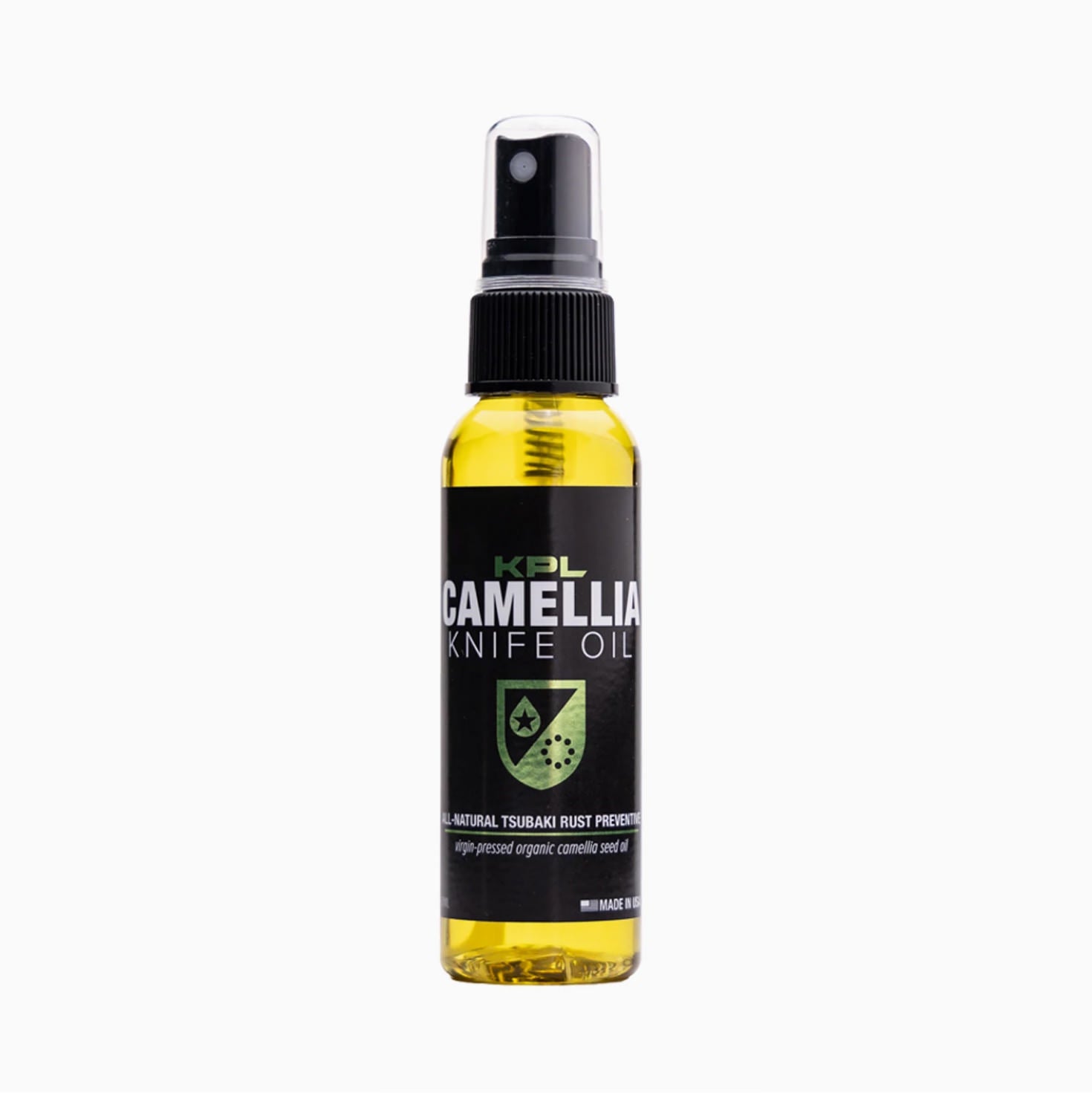Looking through a knife dealer's website may be pretty overwhelming with all the different types of knives out there. Not only are there a ton of different blade steels, but there seem to be an unending number of shapes that they come in. Very often people are drawn to knives that are aesthetically pleasing, and blade shape plays a big part in that.
Blade shapes are more than just visually appealing, they also play a big part in the functionality and strengths of the knife! We believe in helping our readers find the right knife for the job, so we will go over some of the most common blade shapes and discuss the intended functions of each of them.
Drop Point

Drop point blades are one of the more common blade shapes you will find in both folding and fixed blades. Drop point blades have a convex spine that curves down from the handle to the point of the blade.
The advantages of this blade shape are that it has a tip that is easy to control and a wide belly for slicing. This is a great all-purpose blade shape and is also very popular among hunters for field dressing.
Clip Point

The clip point was made popular by the famous Bowie Knife, so much so that many people refer to a clip point blade as a bowie shape. This classic blade shape is widely used by many knife makers in the U.S., but can also be found in knives around the world.
Clip point blades get the name because it looks like part of the blade was clipped off. This creates a very fine point that is excellent for piercing and detailed precision work.
Something to keep in mind is that the tip has significantly less material than many other blade shapes, which means that there is a higher likelihood of tip damage if the user is not cautious.
Trailing Point

Trailing point blades are designed for slicing and skinning, making them popular among hunters. The spine of the blade curves slightly upward to create a large belly and a blade tip that is higher than the handle.
Wharncliffe

The Wharncliffe is a design that came about in the 1800s and was introduced for slip joint folding knives. The story goes that it was loosely inspired by the Seax knives used by Vikings in the 11th century.
This is a utility-based design with a straight edge and a spine that gradually curves down to the tip. The Wharncliffe is primarily a slicing knife that is designed to minimize accidental punctures with the tip. Despite this, the tip is a capable piercer, but it is also very fine and can be prone to damage if not used carefully.
Sheepsfoot

Like the Wharncliffe, the Sheepsfoot blade is designed as a slicer, but with a rounded curve on the spine, which essentially eliminates the chances of accidental piercing from a blade tip.
This is a great design for someone who wants to carry a non-intimidating utility knife, and is also a great choice as a rescue tool as it greatly reduces the risk of accidental piercing.
Hawkbill

Hawkbill blades feature a curving spine and edge that creates a hook-like appearance. This is a favorite blade shape for cutting vegetation, making them very popular among gardeners and foragers.
This blade shape also works very well for other utility purposes such as cutting carpets. Some forms of martial knife systems have adopted this style of blade for self-defense use, and are featured in karambit-style knives.
Tanto

Most tanto blades available on the market today are referred to as American Tanto, though they are based on a classic Japanese blade style used in swords. This blade style replaces the belly with a second angle edge coming up to a high tip and a relatively flat spine.
This blade style is designed for a strong tip and is a phenomenal piercer. While this is not typically a great choice for slicing, it is great for piercing strong materials. making this a popular choice in tactical and self-defense knives.
Dagger

Dagger-style blades feature dual sharpened edges with a point in the middle. This style blade is designed as a weapon and has very little utility purpose.
The tip is designed strictly for piercing and is considerably more prone to damage than most other blade shapes. Due to the nature of this blade design, dagger style blades are often legally classified as weapons and many jurisdictions have placed restrictions on ownership and carrying.
Spear Point

Spear point blade styles are similar to dagger style but most frequently has only one sharpened edge. The tip is centered on the blade and serves as an excellent piercing blade. This blade shape is less often considered a weapon and has fewer restrictions on ownership and carry.
Conclusion
There are numerous other blade shapes out there, but they mainly comprise of variations or combinations of the above-listed blade styles, or are niche blade styles that are not widely used. This basic guide should provide you with some insight as to which blade shape (or shapes) best suit your intended use.
As always, user preference is king, and an individual user may find new and interesting ways to utilize different blade shapes.
What's your favorite blade shape? Drop a comment below, and don't forget to use code BLACKFLAG at checkout for 10% off your KPL order!


